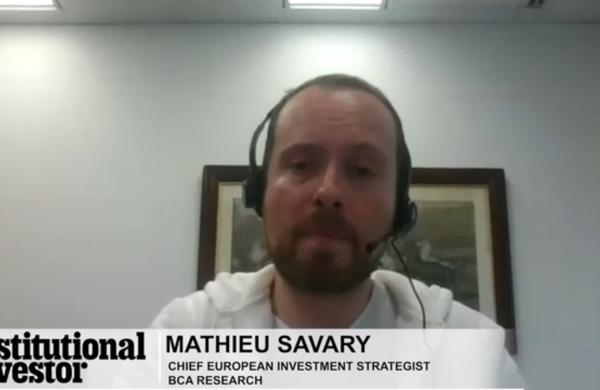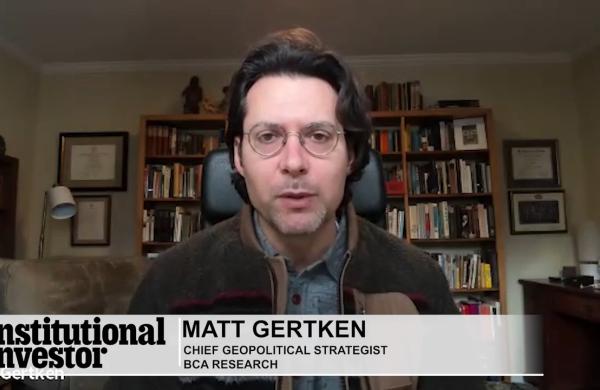When is a hedge fund not a hedge fund? When the Cincinnati Retirement System is investing in it. John Boudinot, executive director of the $2.7 billion pension plan, hopes to harness the returns associated with hedge funds, and avoid the risks, by entering the world of shorting through long-short equity funds of hedge funds. In fact, he and the retirement system board consider these funds so benign that they are housing the new 5 percent allocation — $135 million — within Cincinnati’s domestic long-only equity allotment.
“We know these are hedge funds, but they’re the least risky class of hedge funds,” says Boudinot, 55. “Long-short strategies are becoming rather characteristic of pension portfolios. We view them as equity strategies.”
The two firms CRS has chosen to run its new mandate — Greenwich, Connecticut–based ABS Investment Management and Common Sense Investment Management in Portland, Oregon — will each manage $67.5 million in long-short equity fund-of-fund portfolios, with net market exposure ranging from 50 to 70 percent.
Because they invest in liquid securities and don’t use a lot of leverage, long-short equity hedge funds are generally viewed as less-risky and more-transparent investments than other hedge funds. That’s largely why Boudinot and CRS’s nine-member board — which is ultimately responsible for all investment decisions — feel comfortable investing in them. Boudinot says that the board does not currently have the education or training necessary to research hedge funds, which he considers potentially more volatile.
Recent findings indicate that this mind-set is becoming more common, as a growing number of institutional investors in search of hedge-fund-like returns have begun turning to long-short equity products such as 130/30 strategies — funds that take a 30 percent short position and then use those proceeds to help create a 130 percent long position. A recent study by Merrill Lynch & Co. estimates that the total investments in 130/30 and similar products will reach $1 trillion by 2011, up from $50 billion today.
Boudinot has been an agent for significant change at CRS. When he joined in July 2006, after almost seven years as assistant executive director for the Public School Retirement System of Missouri, its then–$2.5 billion portfolio included virtually no alternatives. At that time, the plan allocated 53 percent of its assets to domestic equity, 17 percent to international equity, 29 percent to fixed income and slightly less than 1 percent to private equity.
As the plan’s executive director, Boudinot says his mission has been to “increase expected returns and lower portfolio risk.” To do that, he has orchestrated a reworking of the plan’s portfolio, beginning in January 2007, when Cincinnati’s board issued its first request for a proposal for a general consultant in nearly a decade. Chicago-based Marquette Associates was chosen after Smith Barney Consulting Group — the city’s consultant of 20 years — chose not to rebid.
With Marquette’s guidance, Boudinot boosted the portfolio’s private equity investments to 5 percent and introduced a 5 percent infrastructure allotment and a 7.5 percent real estate allocation. Shorting is the next step. The decision to house the new long-short funds within CRS’s domestic equity allocation was based largely on the fact that Boudinot and the board consider the in-vestment style to be a less constrained version of traditional long-only equity.
“Most of us who have been around investments awhile view long-short as very traditional,” explains Boudinot. “Portfolio managers are just using more of the information they have available to choose stocks.” He says it also made sense to leave the long-short funds in the equity portion of the portfolio because they are being funded by a carve-out from the plan’s 48.5 percent domestic long-only allocation. The remainder of the portfolio includes the 17.5 percent spread among infrastructure, private equity and real estate and 17 percent allocations to fixed income and international equity.
CRS has already begun to see the benefits of investing in alternatives. Its portfolio was up 14.9 percent in its fiscal year ended September 30, 2007, handily beating its five-year annualized average return of 13.1 percent. Comparatively, public funds with assets greater than $1 billion returned, on average, 15.41 percent and 14.35 percent for the one- and five-year periods ended last September, according to Santa Monica, California–based Wilshire Associates.
As CRS moves into a turbulent 2008, Boudinot hopes the addition of funds of hedge funds will enhance returns. However, he says it’s unlikely the plan will graduate to invest directly in hedge funds, as he is its only full-time investment professional and lacks the support to research individual managers.





